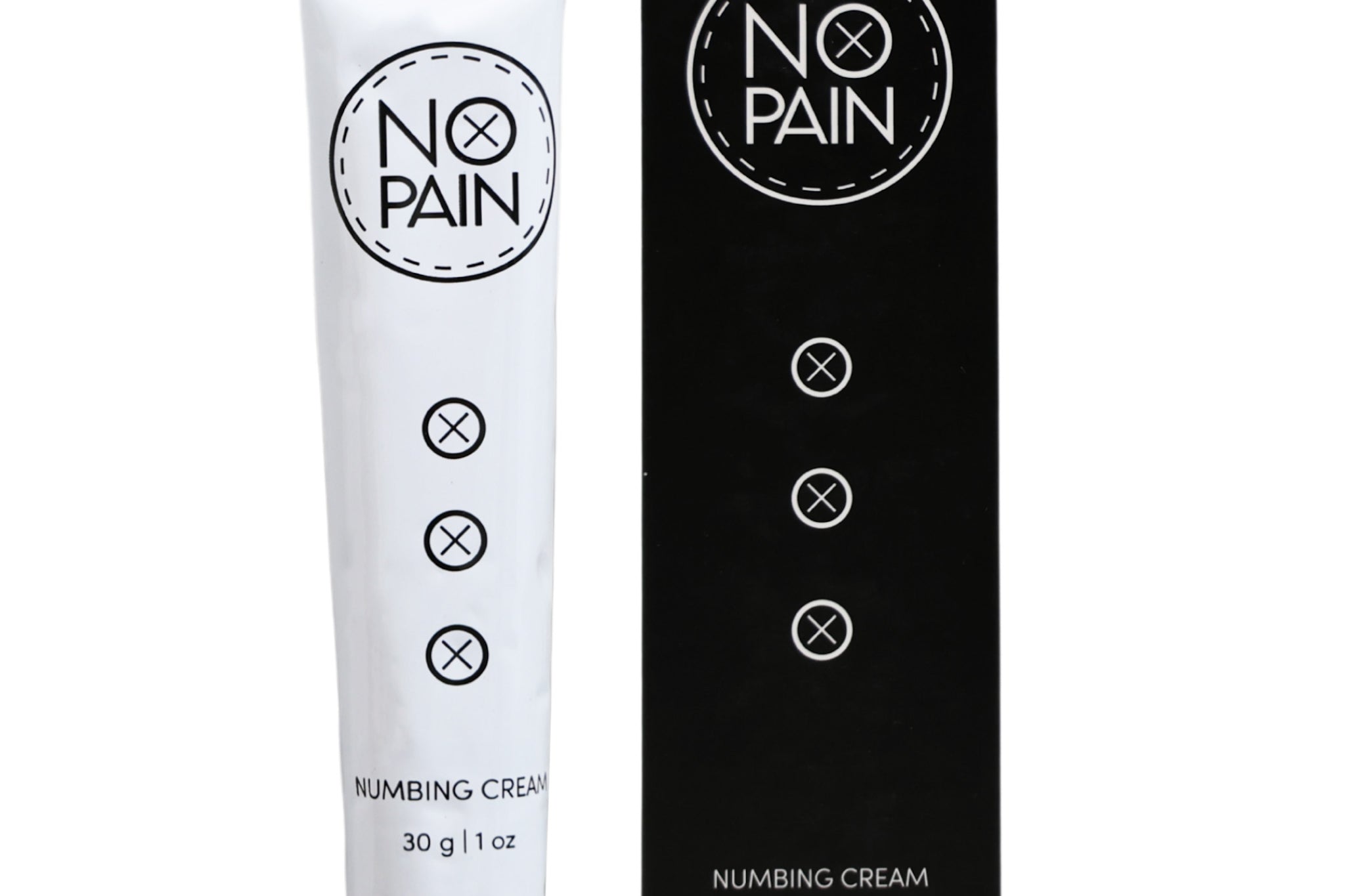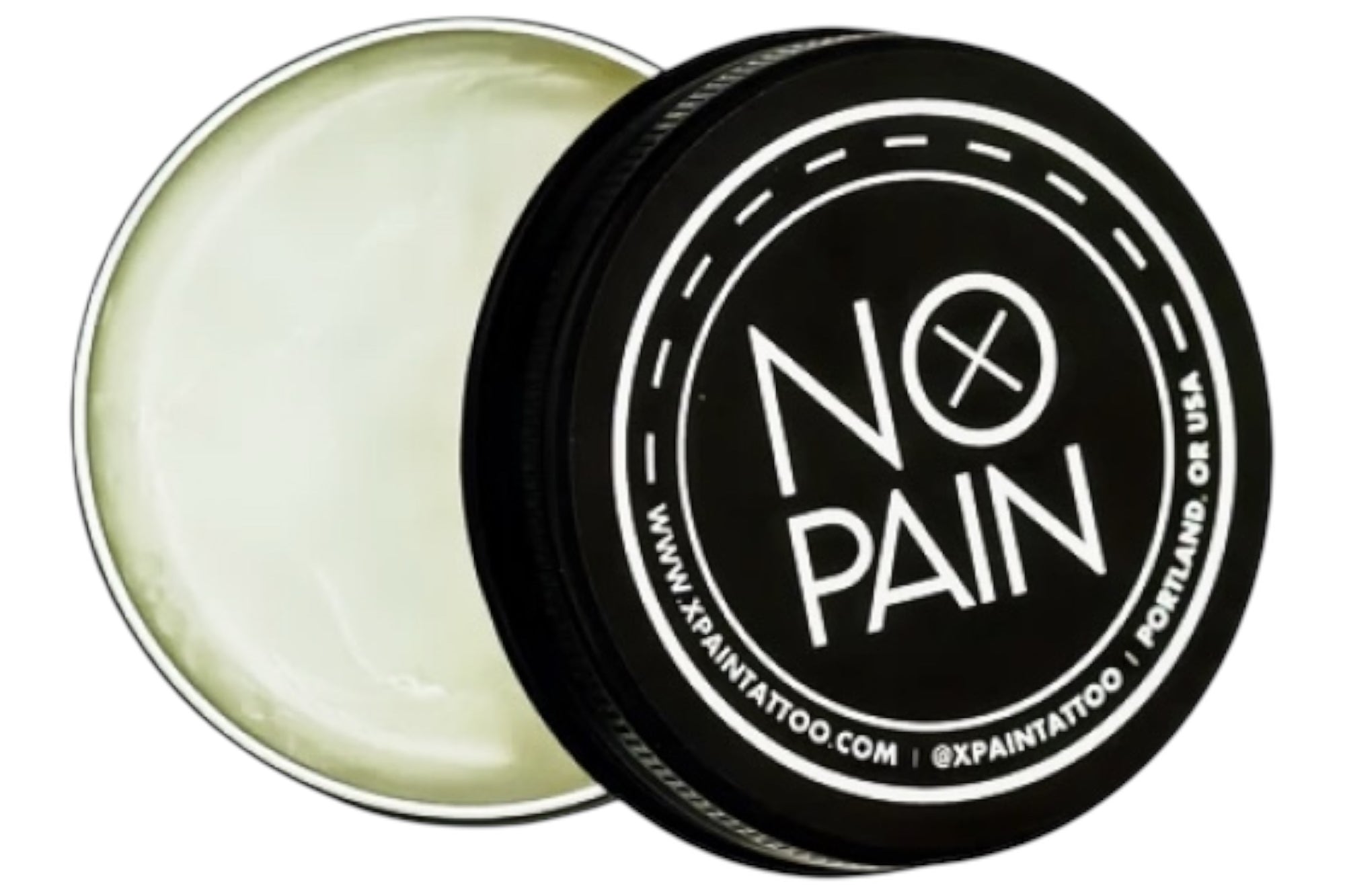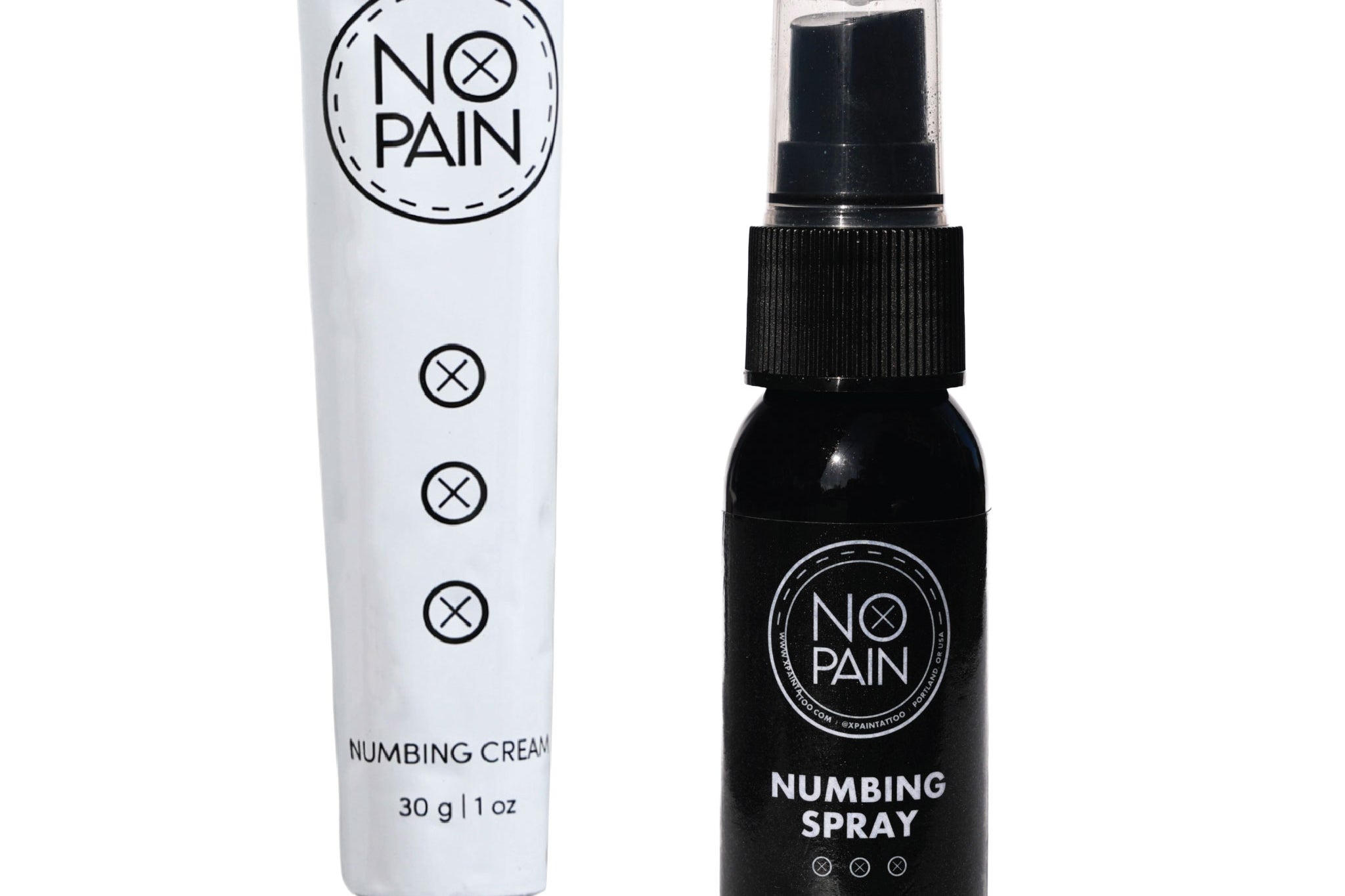You're a few weeks into the tattoo healing stages, but something feels wrong. The area is unusually red, bumpy, or intensely itchy, far beyond the normal healing process. A scary thought might cross your mind: "Is my body rejecting the tattoo ink?"
The idea of your body actively pushing out a permanent piece of art is a terrifying one. But is it actually possible?
The good news is that a true "rejection" in the medical sense is not something that happens with tattoo ink. However, your body can have other negative reactions, like allergies or infections, that can feel like a rejection and can seriously damage your new tattoo. This is your guide to understanding the difference.
The Myth of "Rejection"
First, let's be clear. Your body's immune system does not "reject" tattoo ink in the same way it would a transplanted organ. How do tattoos work? High-quality, modern tattoo ink is made of inert pigment particles that the body recognizes as foreign but cannot break down. Instead, your immune cells encapsulate the ink particles, essentially "walling them off" and locking them permanently in the dermis. This is what makes a tattoo permanent.
So, if it's not rejection, what is the problem you might be experiencing?
The Real Risk #1: An Allergic Reaction
This is the closest thing to a "rejection." An allergic reaction is your immune system overreacting to a specific pigment in the ink.
-
The Symptoms: This usually appears as a severe, bumpy, and intensely itchy tattoo rash that is confined only to the areas with a specific color (most commonly, red ink). The skin can become very raised and inflamed.
-
When it Happens: An allergic reaction can happen during the heal, but it can also appear months or even years after the tattoo is fully healed.
The Real Risk #2: A Severe Infection
What many people fear is rejection is actually an infected tattoo. This is not your body fighting the ink; it's your body fighting a bacterial contamination in the wound.
-
The Symptoms: The signs of an infection are different from an allergy. Look for worsening pain and swelling, a foul odor, and a thick, colored (yellow or green) pus. A sore tattoo from an infection will get progressively more painful.
-
The Cause: Infections are almost always caused by an unsterile environment during the tattoo or, more commonly, by improper tattoo aftercare.
Your Best Defense: A Flawless Aftercare Routine
You cannot always predict an allergy, but you have a huge amount of control over preventing an infection. How to care for a new tattoo with a meticulous routine is your best defense against the complications that can feel like a rejection.
-
Keep It Impeccably Clean: The first and most important step is to prevent bacteria from taking hold. Our No Pain Tattoo Cleansing Foam is a gentle, antimicrobial wash that is essential for keeping the open wound clean.
-
Soothe Inflammation: A calm, healthy healing environment is less likely to have complications. Our No Pain Tattoo Soothing Gel is perfect for reducing the initial redness and swelling.
-
Protect with Breathable Moisture: Our No Pain Tattoo Aftercare Balm provides a protective, breathable barrier that supports the skin without suffocating it.
The Verdict: While your body won't "reject" your tattoo, it can have a serious allergic reaction or develop an infection. If you see the signs of either, you must contact a doctor. By choosing a great artist and committing to a professional aftercare system like our No Pain Tattoo Aftercare Bundle, you create the best possible conditions for a safe and successful heal.



